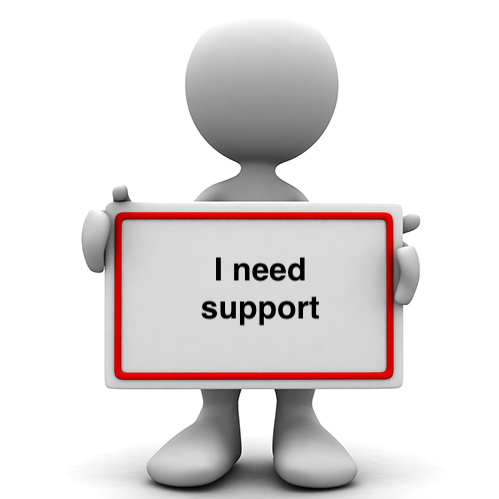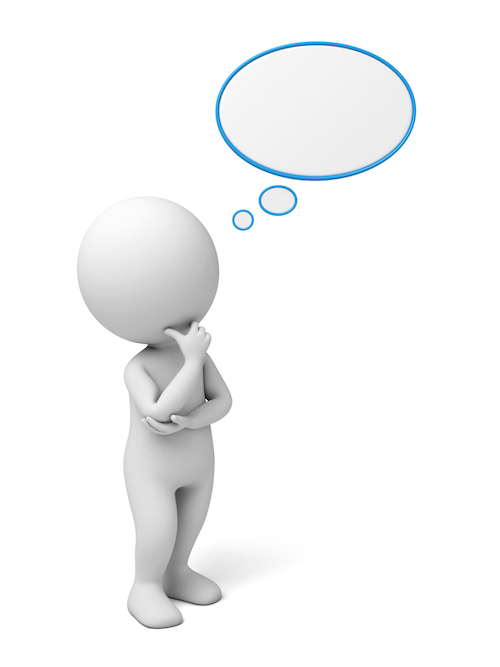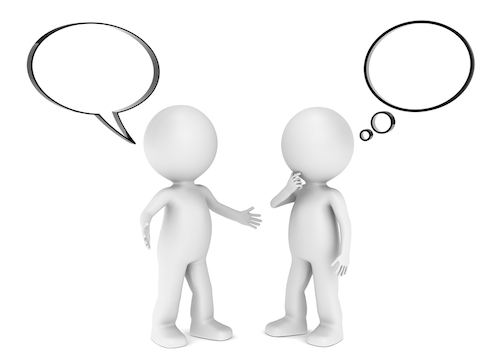Documenting what support looks like

What does support look like to me?
The decision support card describes the basic support needs of an individual. They are able to carry this card around with them and, should the person find themselves in a situation where they are unable to communicate these needs, or others are not understanding their needs, the information is readily available. It acts as a safeguard similar to an ‘in case of emergency’ number on your phone.

What might you include in a decision support card?
Each person’s decision support card will look different as each person makes decisions differently and needs different supports to make those decisions. As the card acts as a safeguard it is best to include the basic and core support needs of the individual.
This might include:
- Things which help the person make decisions including:
- getting information
- their communication preferences
- a comfortable environment
- Questions the decision maker should be asked
- When their supporters should be contacted
- Names and contact details of the key people in the person’s support network.

What questions could you ask to understand what the decision maker wants on their decision support card?
- What do you need to make your best decisions?
- How do you like to communicate with people?
- How do you like to get information?
- e.g. Do you like people to read information to you?
- Do you like to read information yourself in simple language?
- What do you find hard when you have to make decisions?
- What would you like to tell people about how you make decisions?
- Who supports you the best/ the most?
- Who would you like someone to call if there was an emergency?






